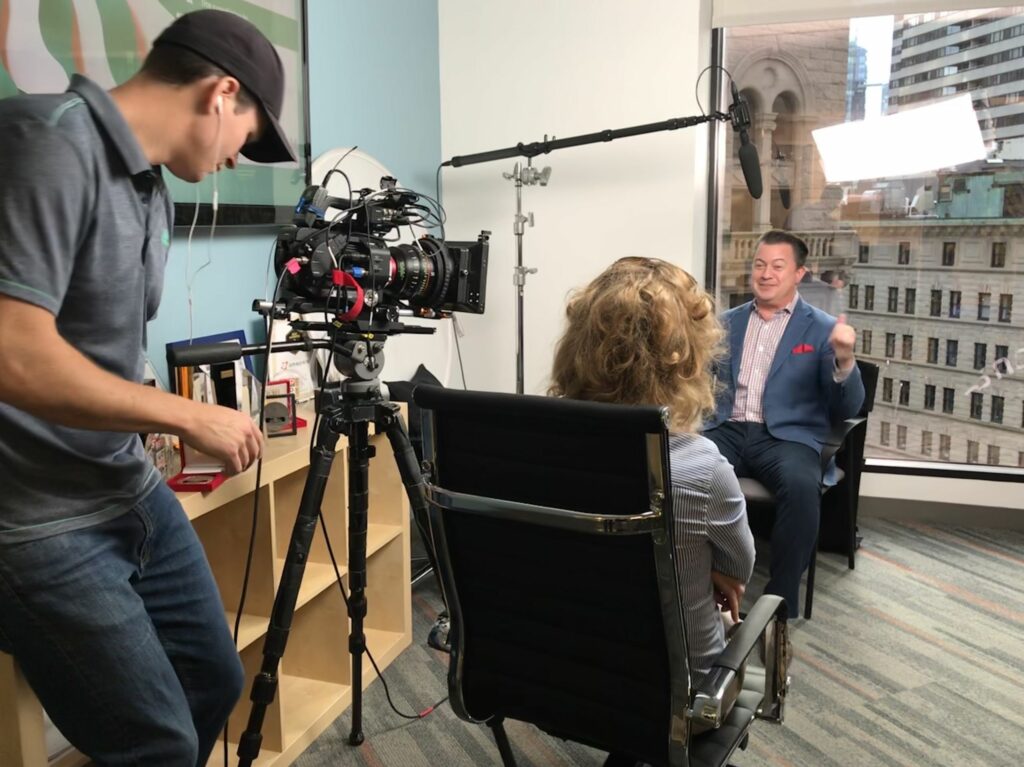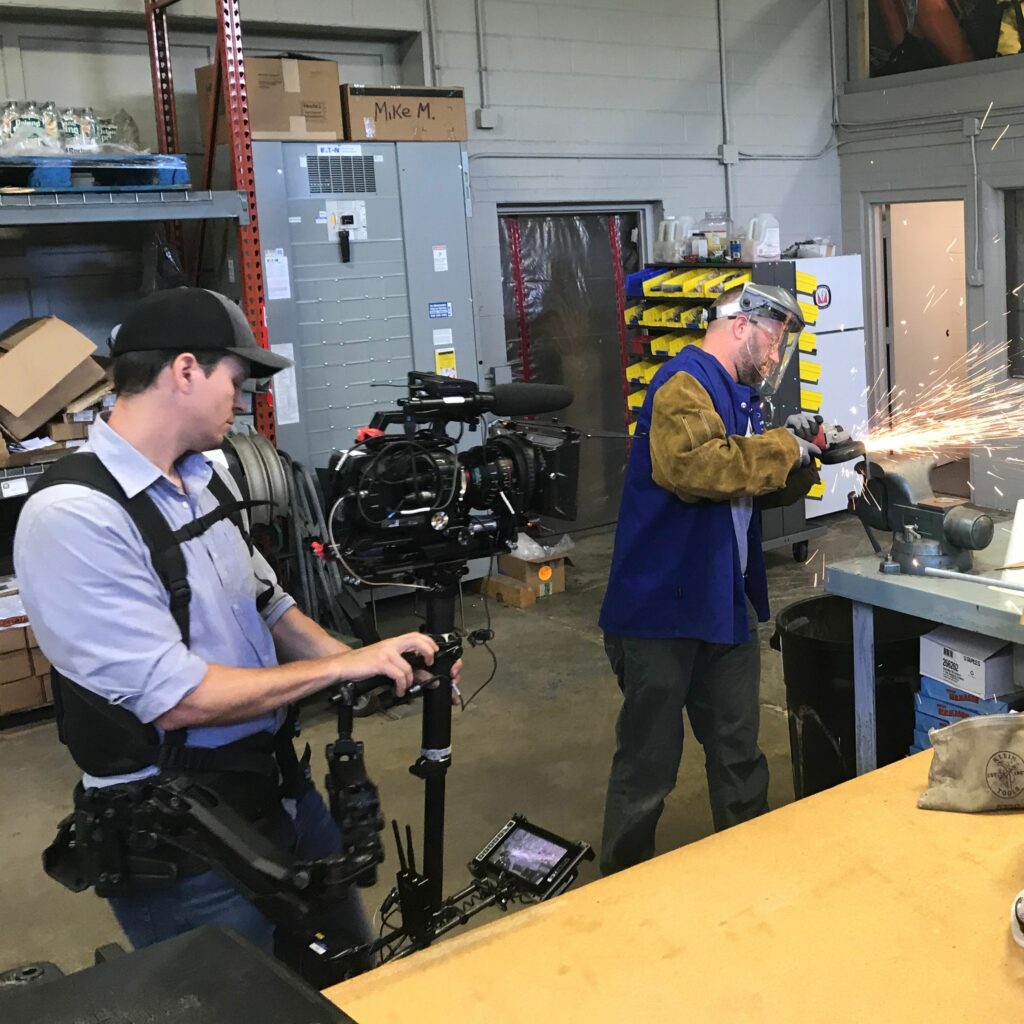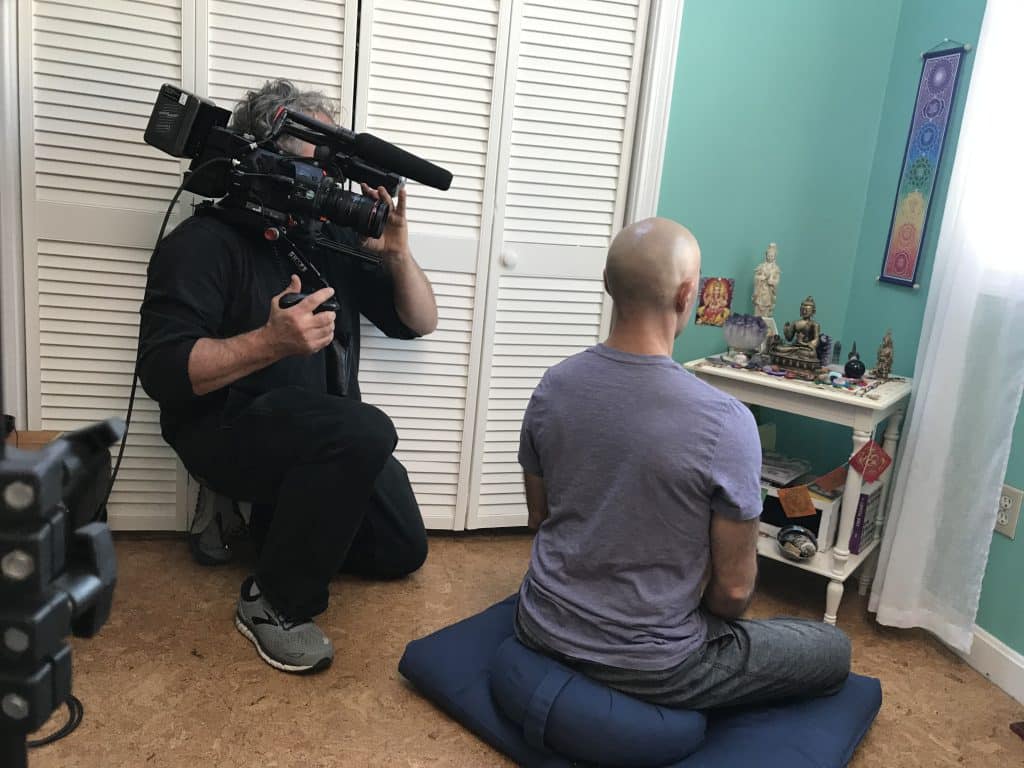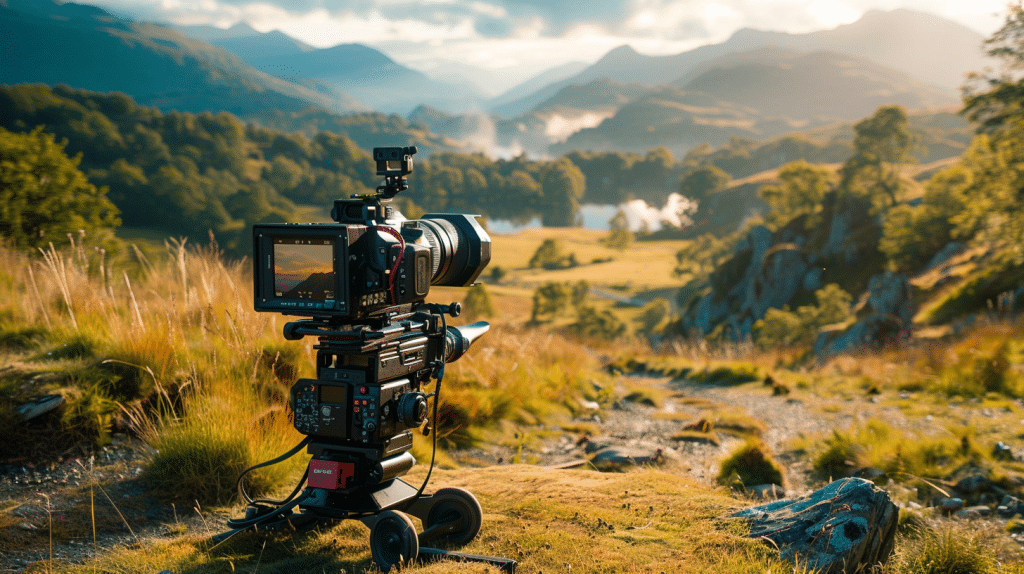Master the Art of Camera Movement: Enhance Your Video Production
Camera movement in video production is a vital element that can transform storytelling and evoke emotions in viewers.
Stationary camera movement guarantees stability and focus, while the Steadicam technique ensures seamless tracking shots. Handheld camera style adds authenticity and urgency, creating an intimate connection with the audience. Various movements, like panning and zooming, bring unique visual elements.
Considering factors like the intended message and production value enhances the overall visual narrative. Understanding these aspects can elevate the production quality and captivate audiences further.
Table of Contents
Stationary Camera Movement

The stationary camera movement technique, characterized by its fixed position and stability, serves as a foundational element in video production, offering a controlled focus on the subject within the frame.
This technique is ideal for scenarios where a steady and unchanging perspective is desired, such as interviews, teleprompter readings, or static scenes. By mounting the camera on a tripod or stable surface, the resulting shot is smooth, controlled, and devoid of distractions caused by camera movement.
Stationary shots provide a sense of stability and allow the audience to fully engage with the subject without visual disturbances. This technique establishes a solid visual foundation for more dynamic shots to build upon in the overall video production.
Steadicam Technique

Using specialized equipment to guarantee smooth and stable footage, the Steadicam technique enhances the visual quality of video productions by eliminating camera shakiness.
This technique offers a range of benefits, including:
- Fluid Movement: Allows for seamless tracking shots.
- Dynamic Shots: Perfect for capturing moving subjects with precision.
- Professional Look: Provides a polished and cinematic appearance.
- Efficiency: Reduces the need for multiple takes, saving time and resources.
Handheld Camera Style

Employing the handheld camera style infuses video productions with a raw and immersive quality that authentically engages viewers in the unfolding action.
This technique involves holding the camera by hand, resulting in a slight to noticeable camera shake.
The raw and unrefined nature of handheld shots adds a sense of urgency and realism to the footage, making it ideal for capturing spontaneous moments, action sequences, or when aiming for a documentary-style look.
The handheld camera style draws attention to the presence of the camera in the scene, creating a more intimate connection between the viewer and the content. Despite its inherent challenges in maintaining stability, this approach can bring a unique and dynamic visual element to video productions.
Various Camera Movements

Enhancing visual storytelling in video production involves skillfully incorporating a variety of camera movements to capture dynamic and engaging footage.
- Stationary Movement:
- Camera remains fixed, ideal for focused action.
- Often used for interviews or stable shots.
- Steadicam Movement:
- Reduces shakiness for fluid shots.
- Useful for dynamic scenes, providing a professional look.
- Handheld Movement:
- Results in slight shake, creating a raw feel.
- Ideal for viral videos or action sequences.
- Other Camera Movements:
- Includes panning, zooming, tilting, and dollying.
- Each movement adds a unique visual element to the footage.
Factors to Consider
When implementing camera movements in video production, it is essential to carefully consider various factors to guarantee the visual storytelling aligns seamlessly with the intended message and theme.
Factors such as the type of movement chosen, the equipment required, and the overall context of the video play a significant role.
By selecting the appropriate movement style, whether stationary, steadicam, handheld, or other dynamic options like panning or tilting, the visual narrative can be enhanced.
Additionally, understanding how different movements can complement each other and utilizing multiple cameras for diverse shots can elevate the production value.
Ultimately, the key is to ensure that the chosen camera movements effectively convey the desired emotions and information to the audience, creating a cohesive and engaging viewing experience.
Share:
Search our blog:
Follow us on:
